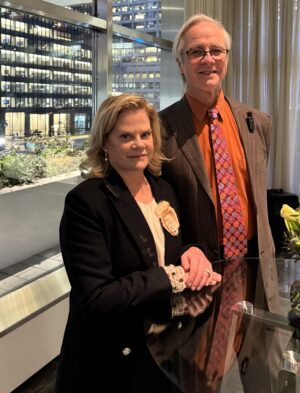New research showcases unsung history of female architects

In the decades preceding World War II, professional architecture schools started enrolling increasing numbers of women. However, career success for these women did not come easily due to discrimination.
Kevin Murphy, Andrew W. Mellon Chair in the Humanities and professor of history of art and architecture, and Mary Anne Hunting, BA’80, have uncovered the histories of female architects in the American Modernism period of the U.S. in new research.
Focusing on the period from 1916 to 1942, Murphy and Hunting spent more than 10 years traveling to over 16 states in search of archival information on female architects, pulling information from manuscript collections, ancestry websites, and newspaper and library archives. They also spoke directly with descendants of female architects to gather information from private collections and fill in any gaps.
“We were surprised that some descendants did not have much knowledge, or perhaps interest, in the professional careers of their mother,” Hunting said. “The children of Mary Weed Noyes, for example, could not point to specific projects in which their mother was involved in the office of their far more famous architect father, Eliot Fette Noyes. Fortunately, we discovered a letter in her high school alma mater, written 22 years after she started working in interiors for her husband, identifying her work for Xerox, Mobil Oil, Pan Am, Westinghouse, and IBM.”
While there was no established precedent for professional female architects in the early to mid-twentieth century, and no two stories were alike, Hunting and Murphy’s research details how the women used architecture to address social concerns and surmounted barriers of sexism, racism, and classism to take on crucial roles in the establishment and growth of the time period.
Murphy said, “The women we studied virtually all exemplified resourcefulness and resilience, which they unfortunately had to have in order to pursue their interests at a time when much professional work was not available to them due to discrimination.”
Murphy and Hunting’s findings were recently published in Women Architects at Work: Making American Modernism (Princeton University Press).
